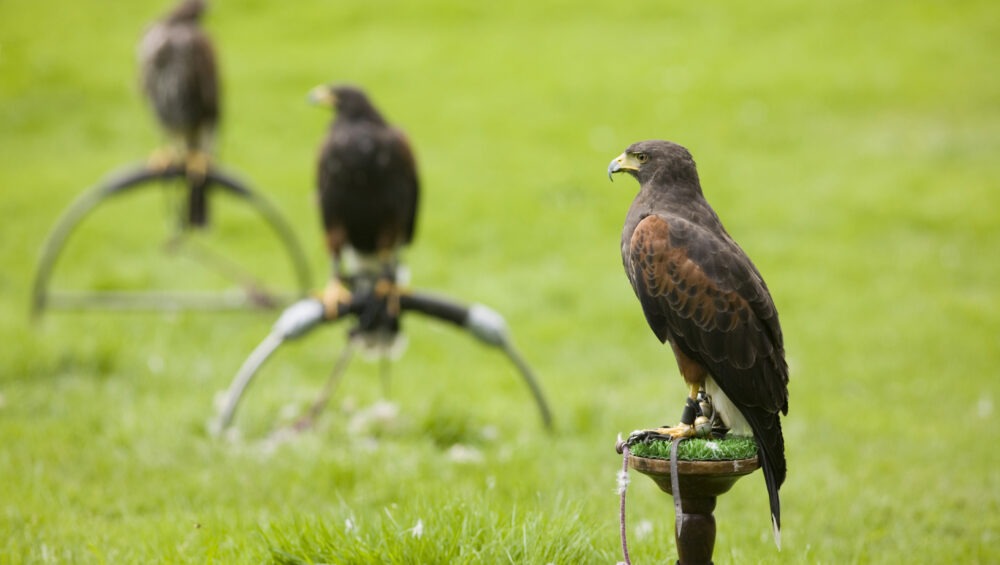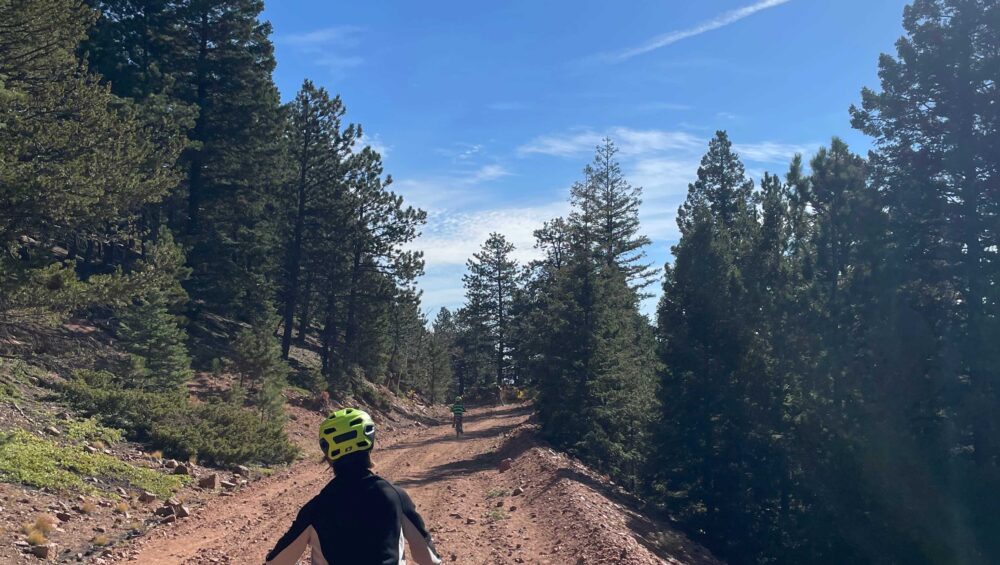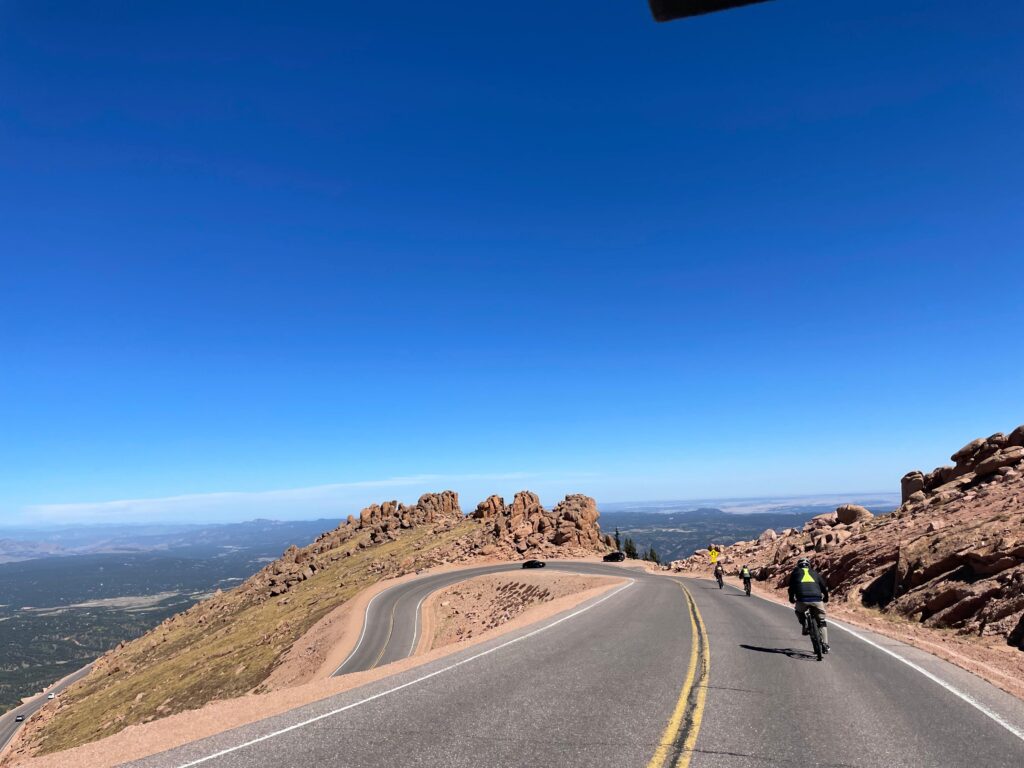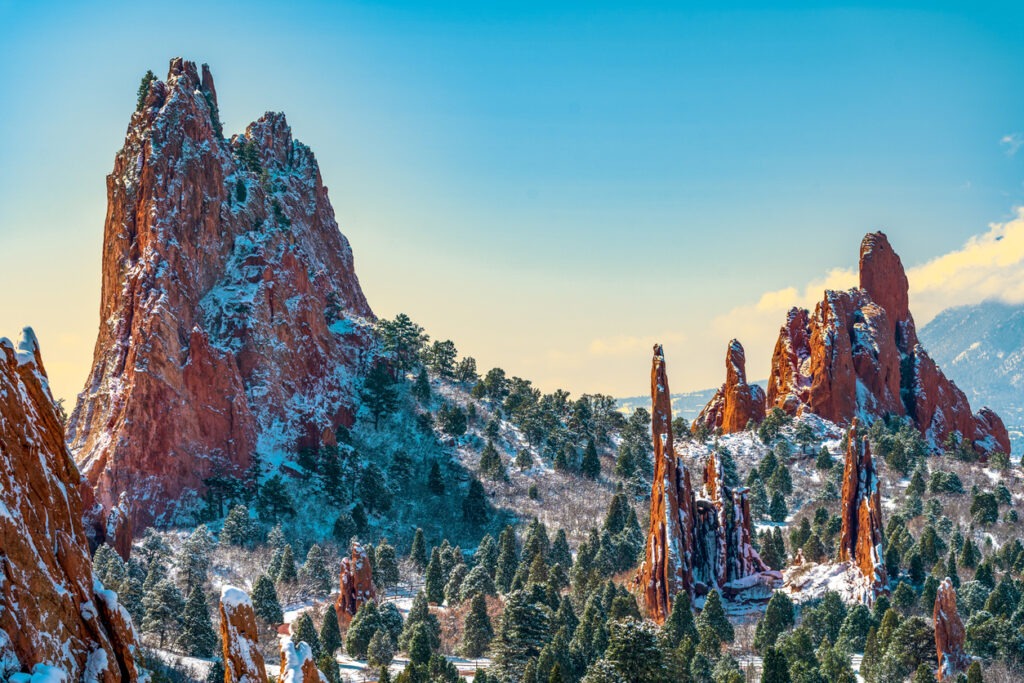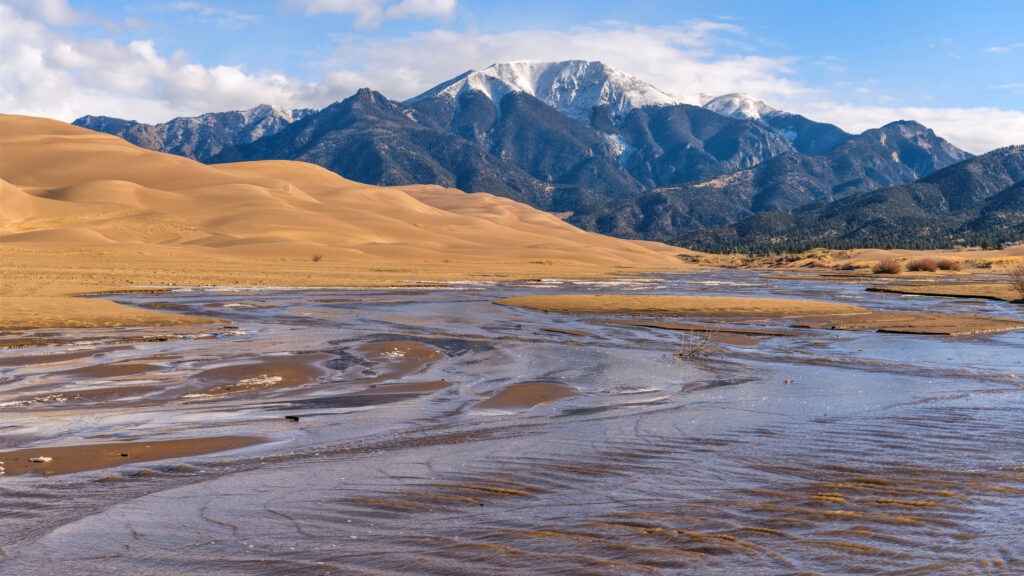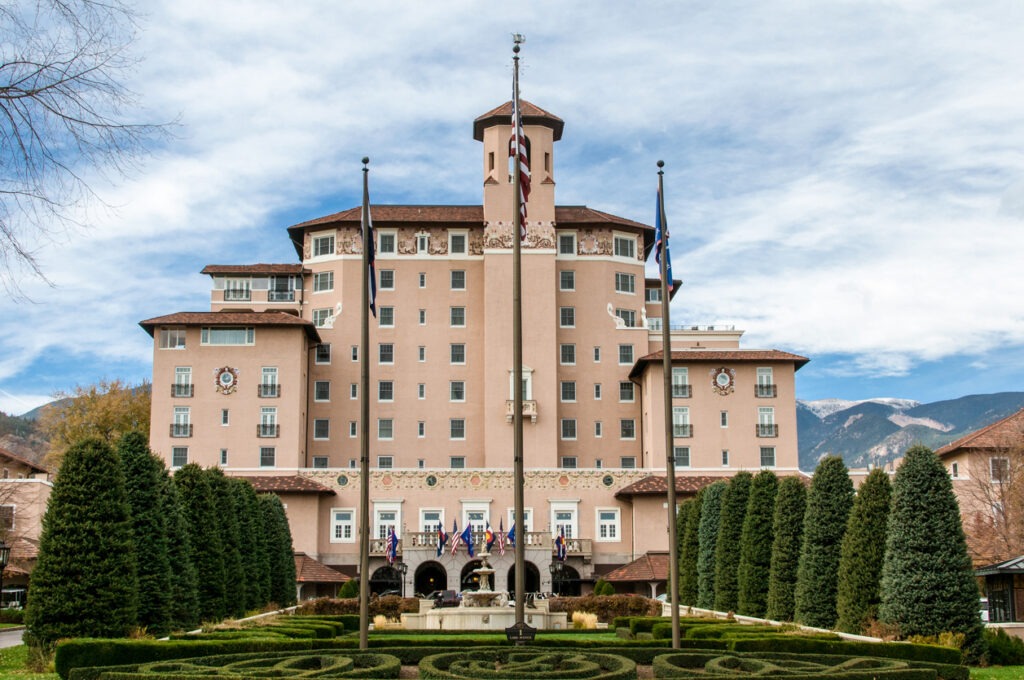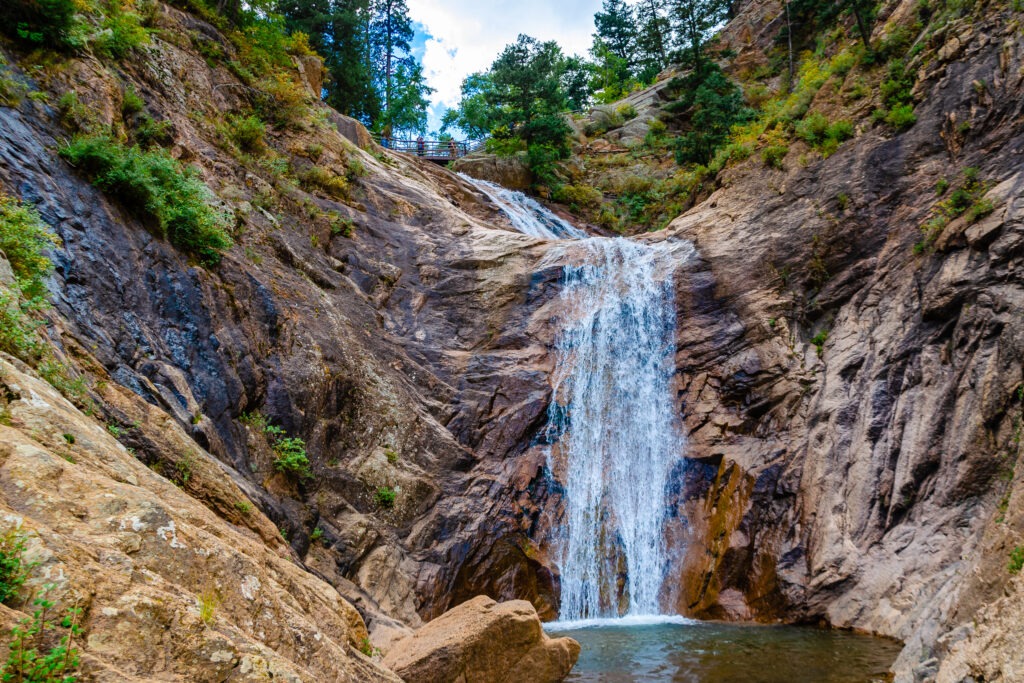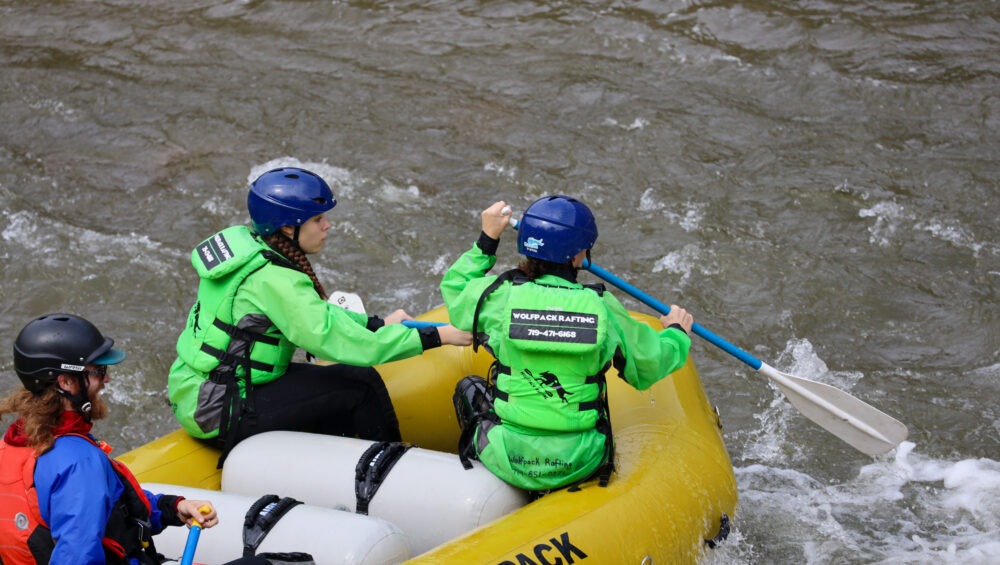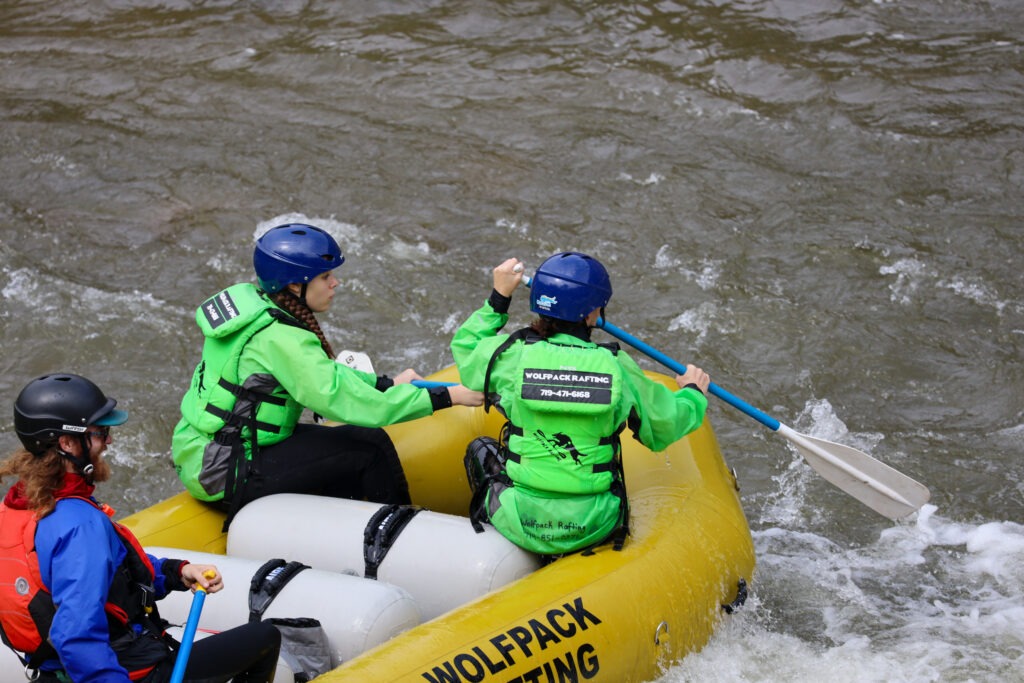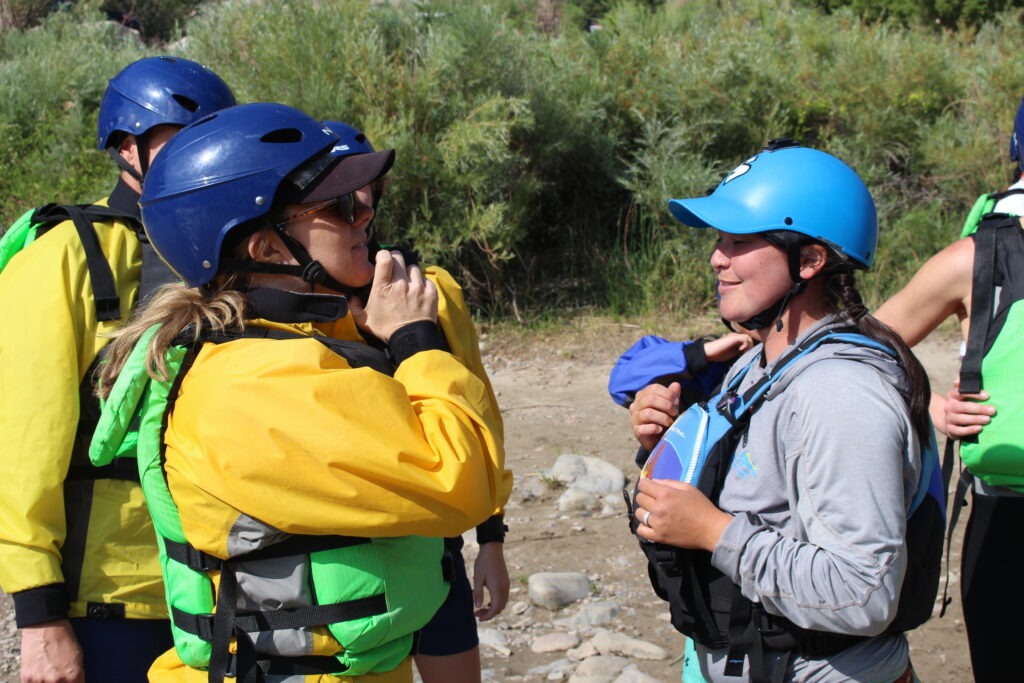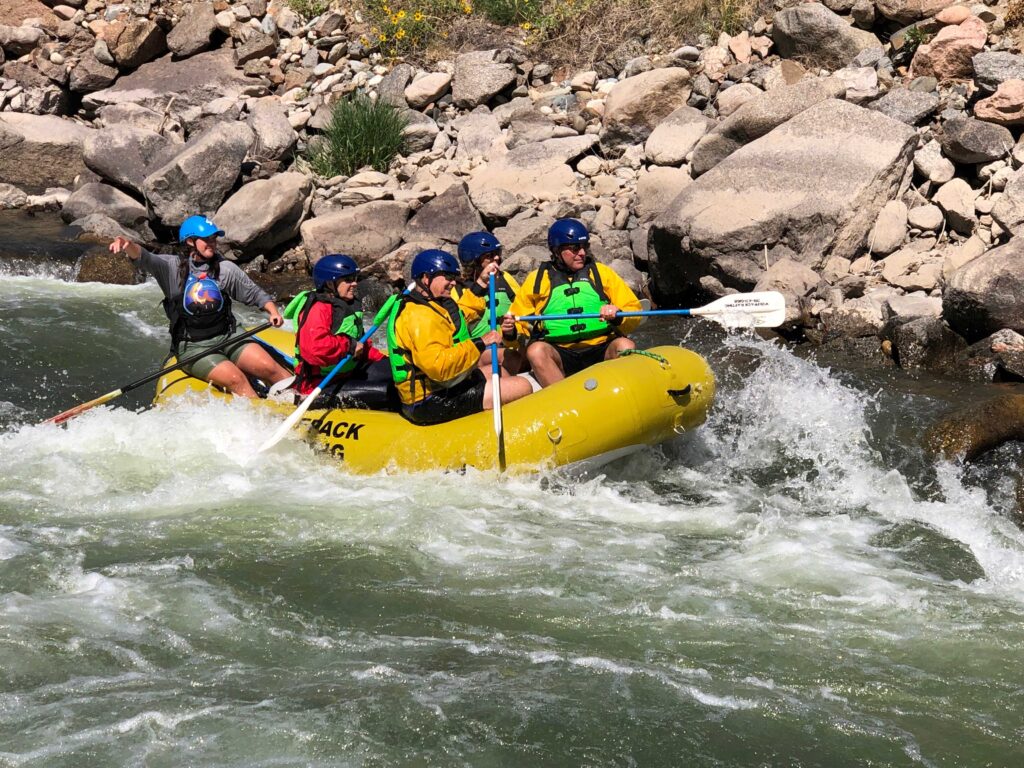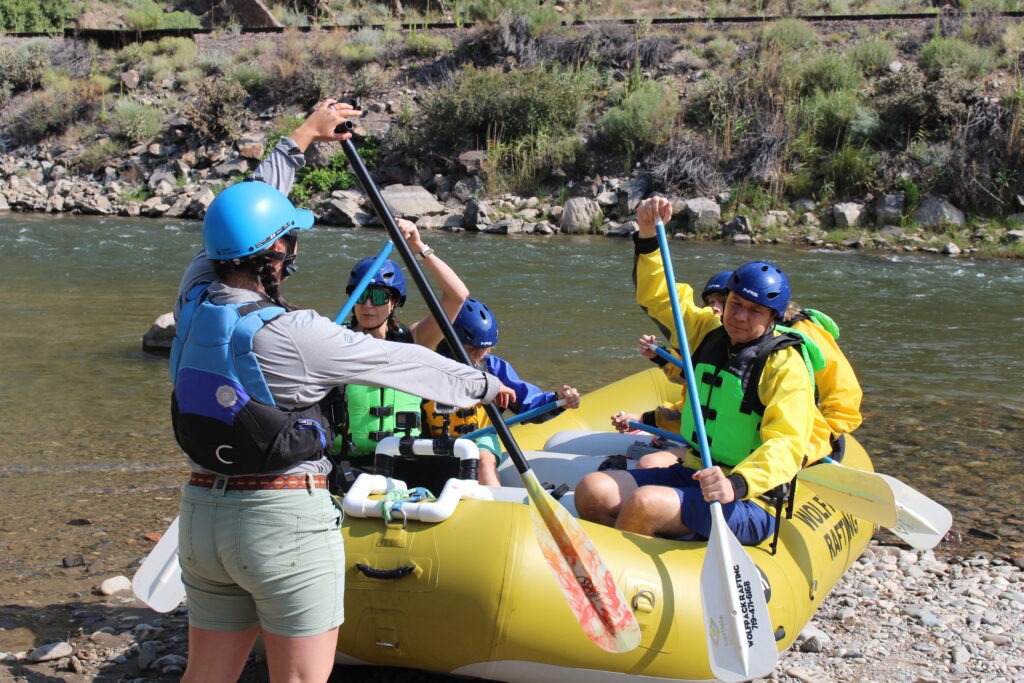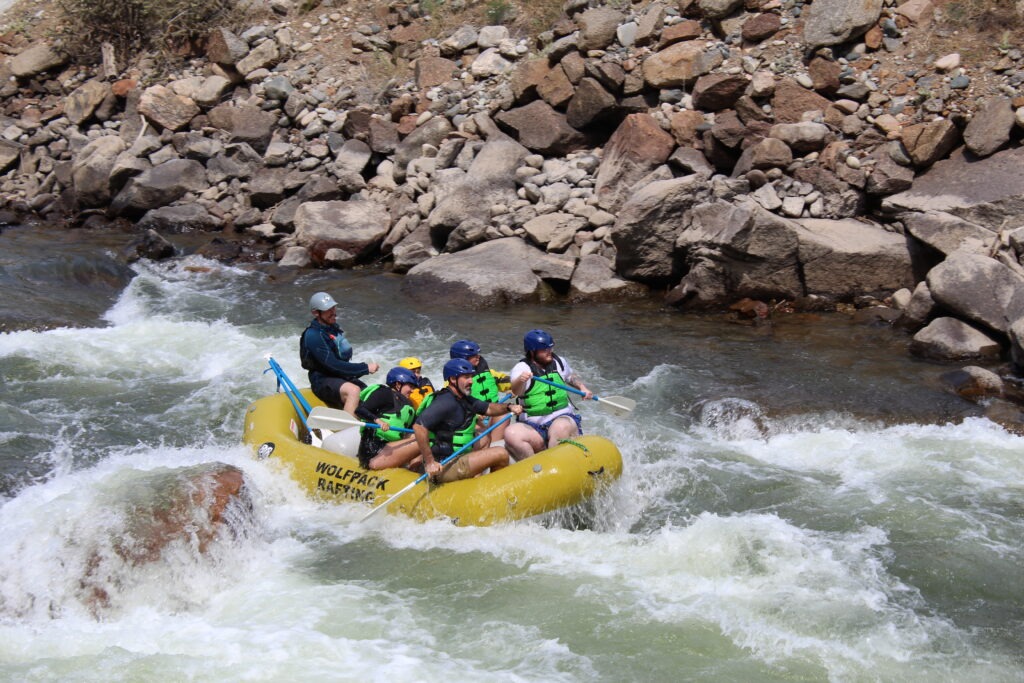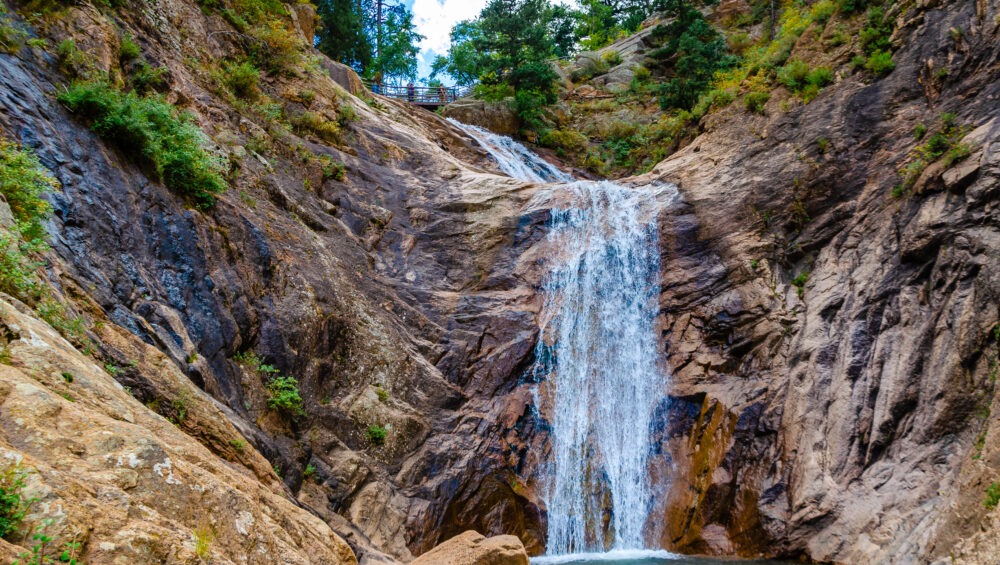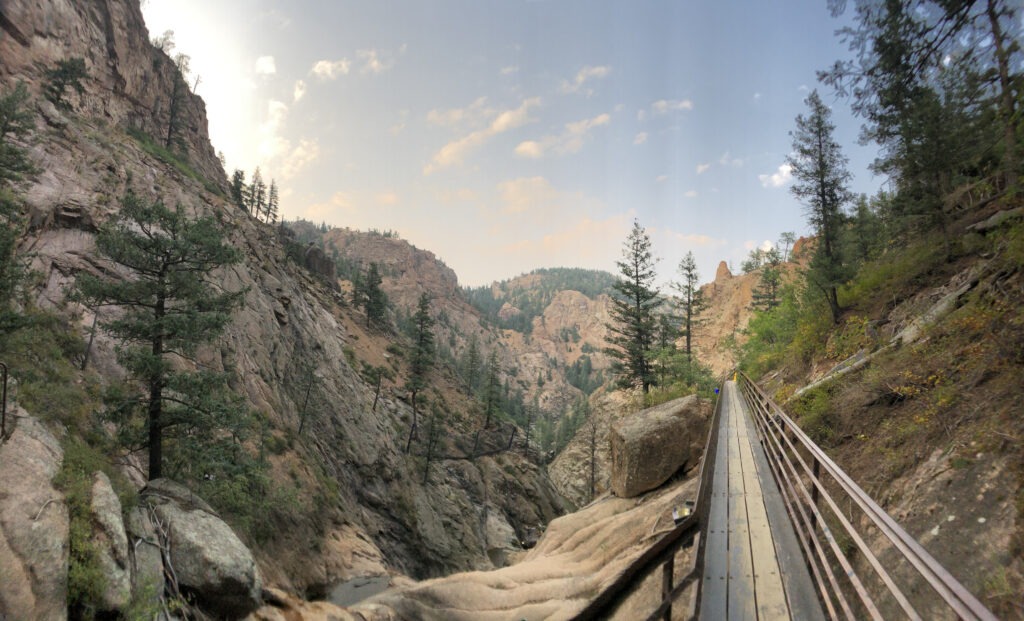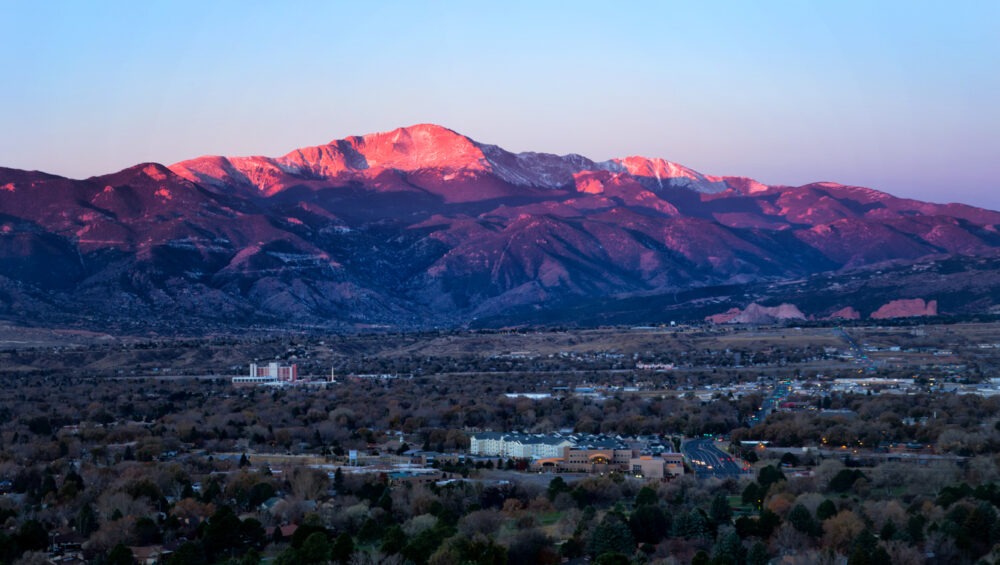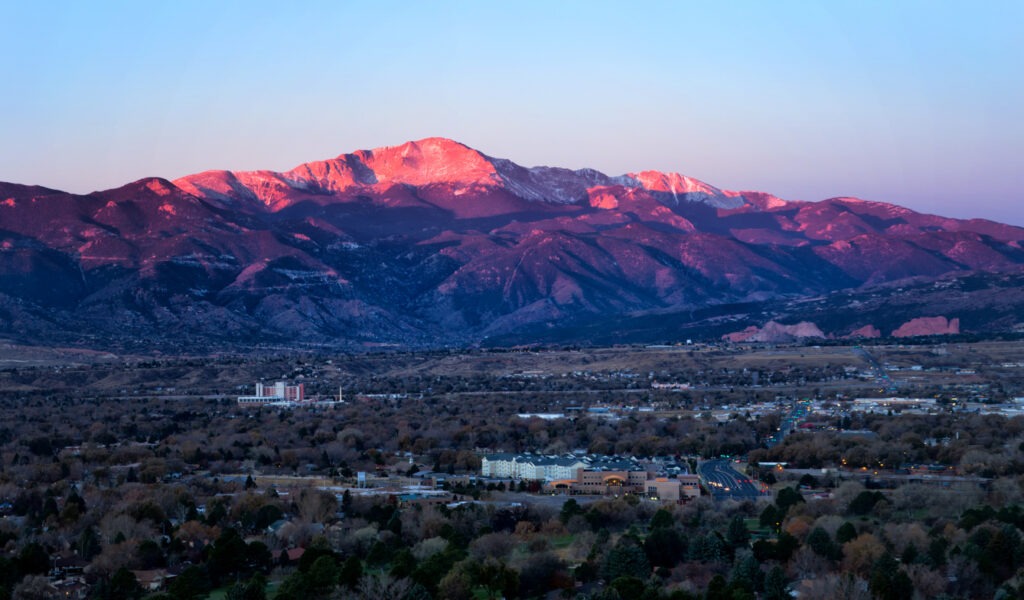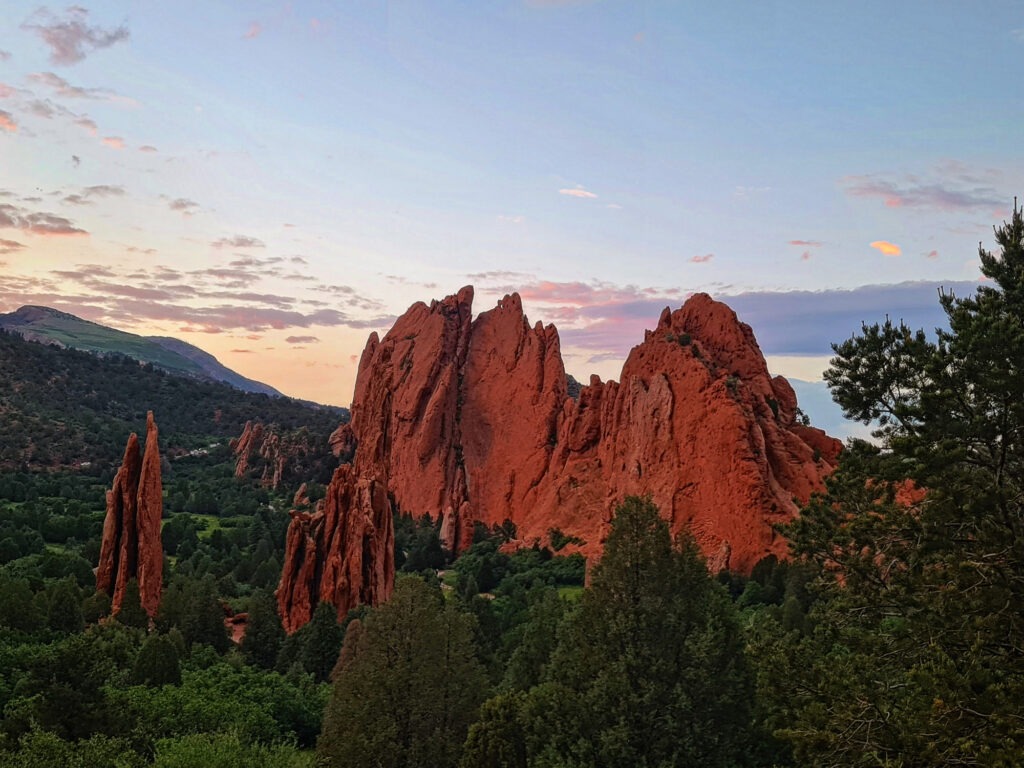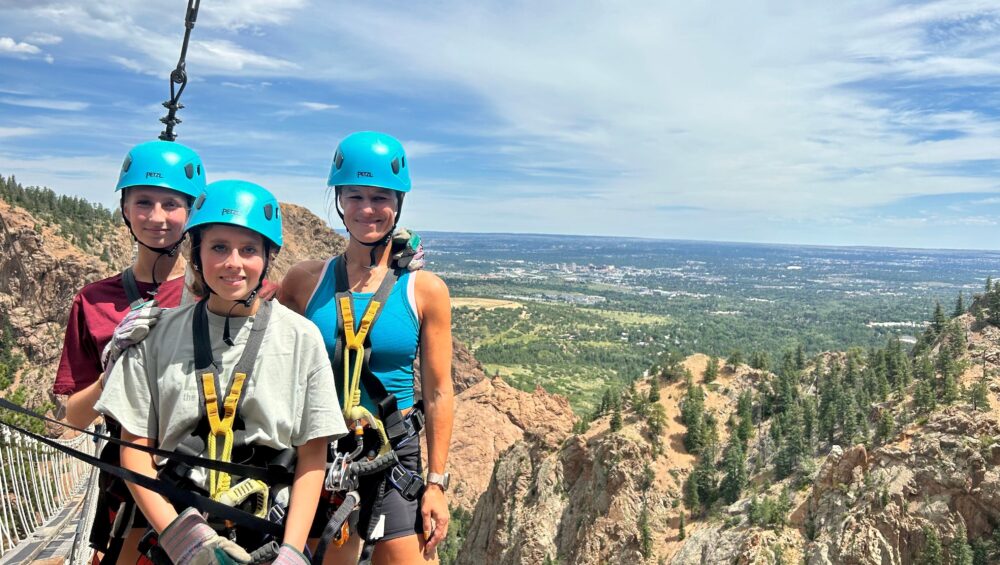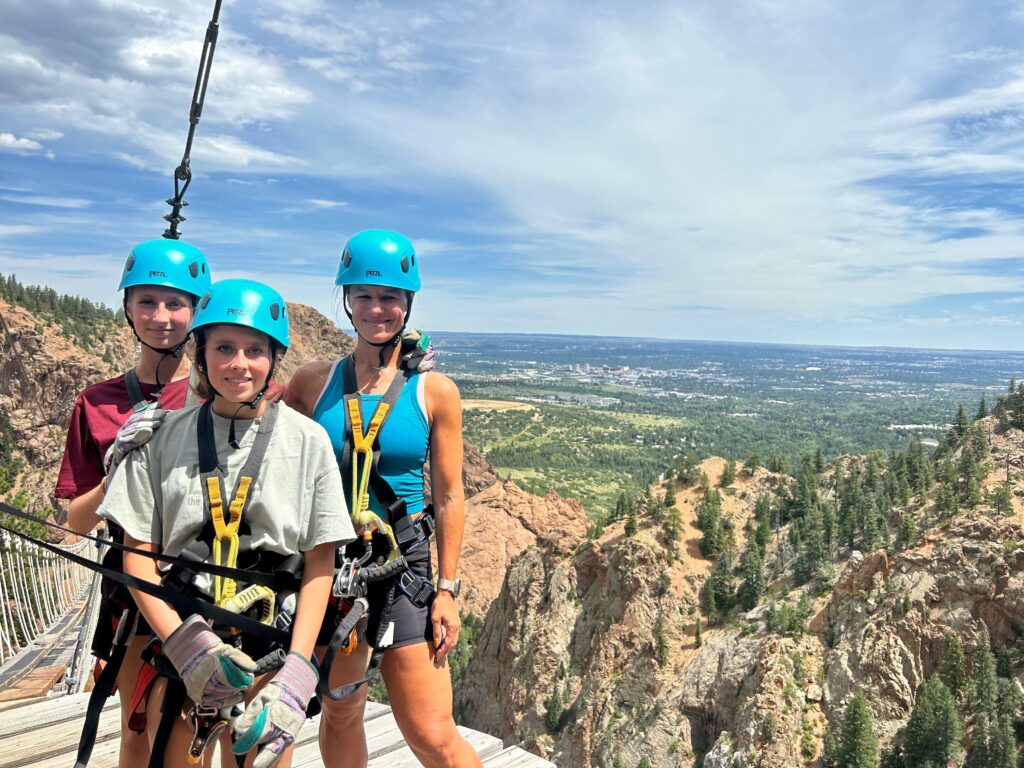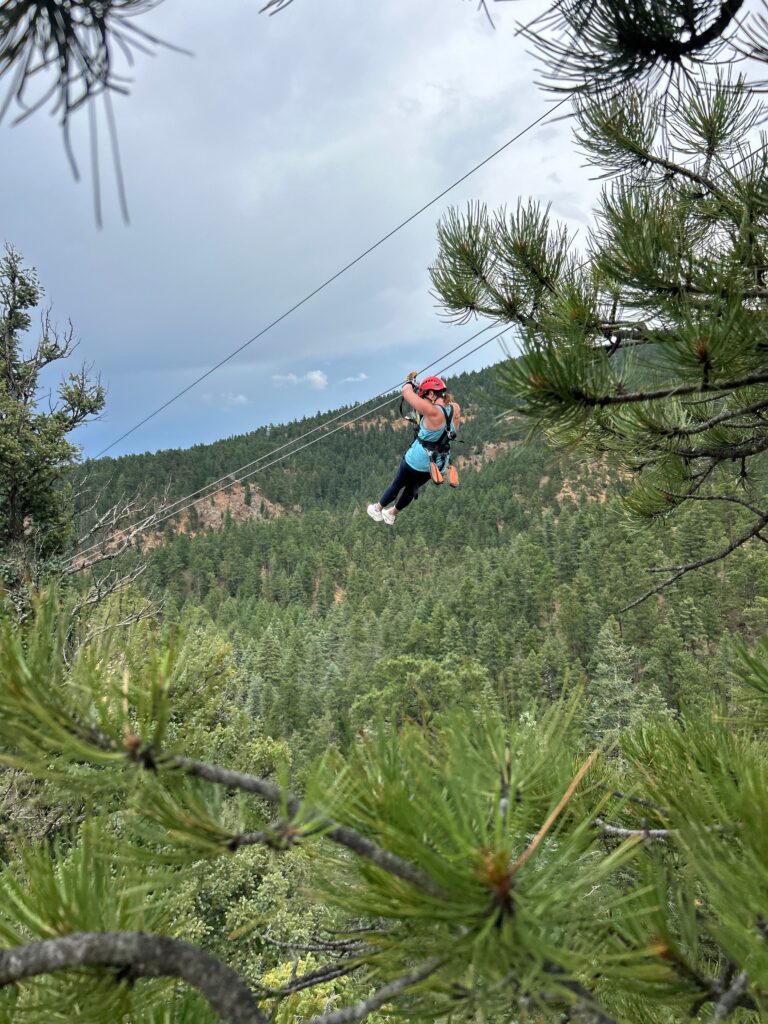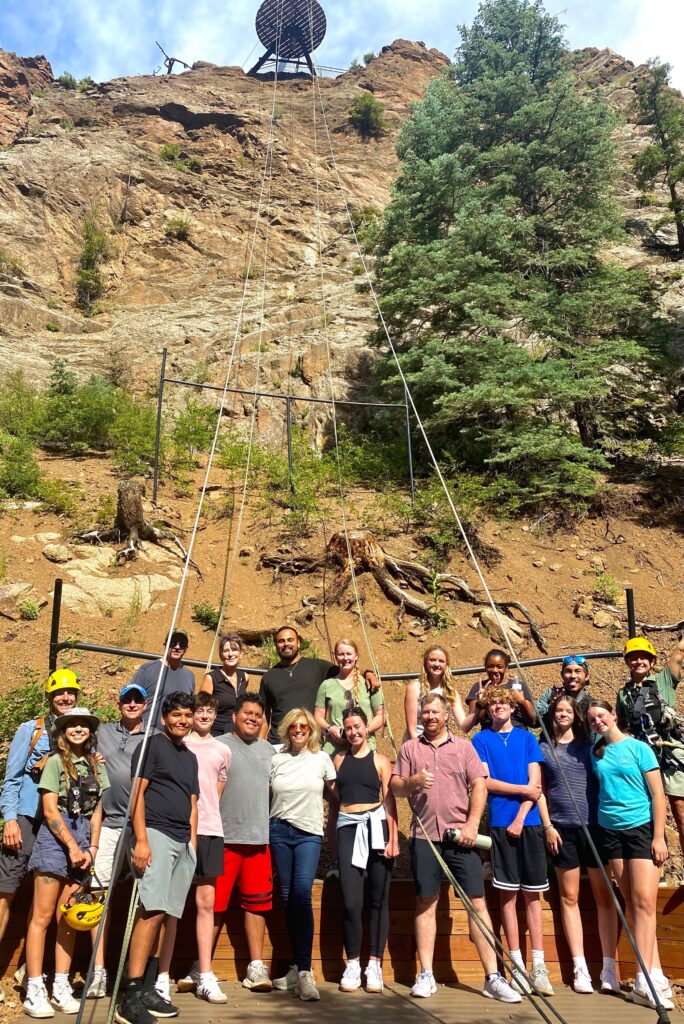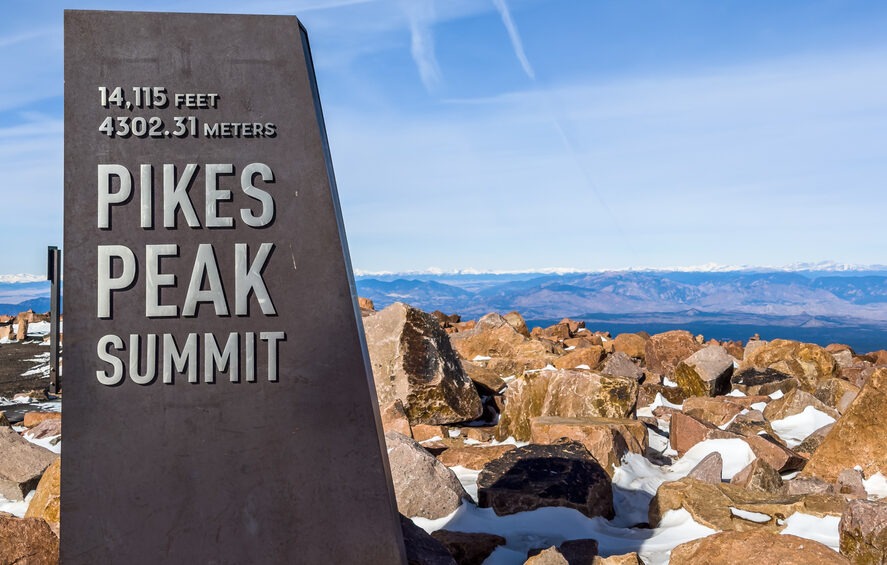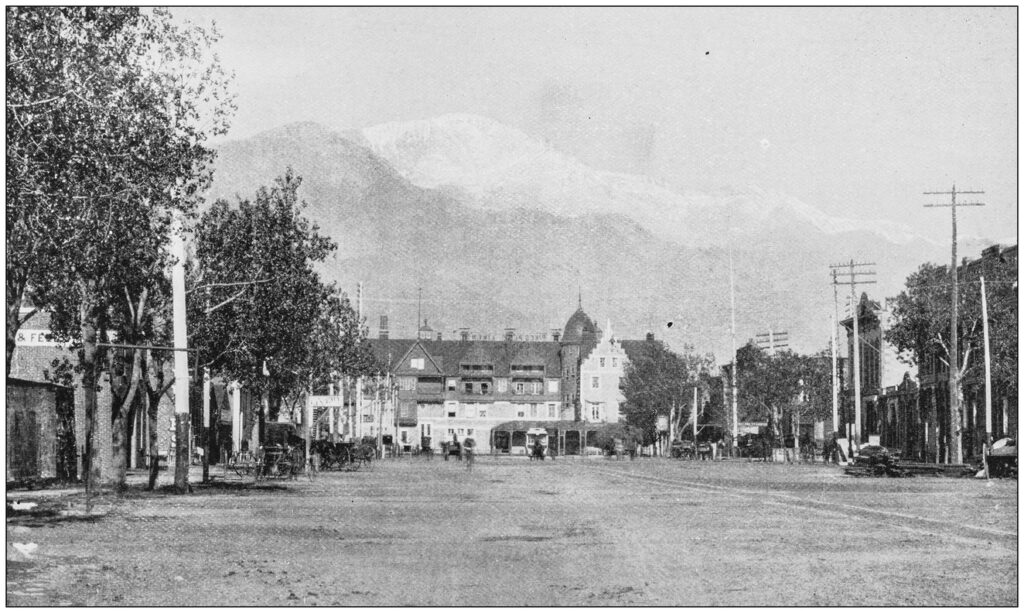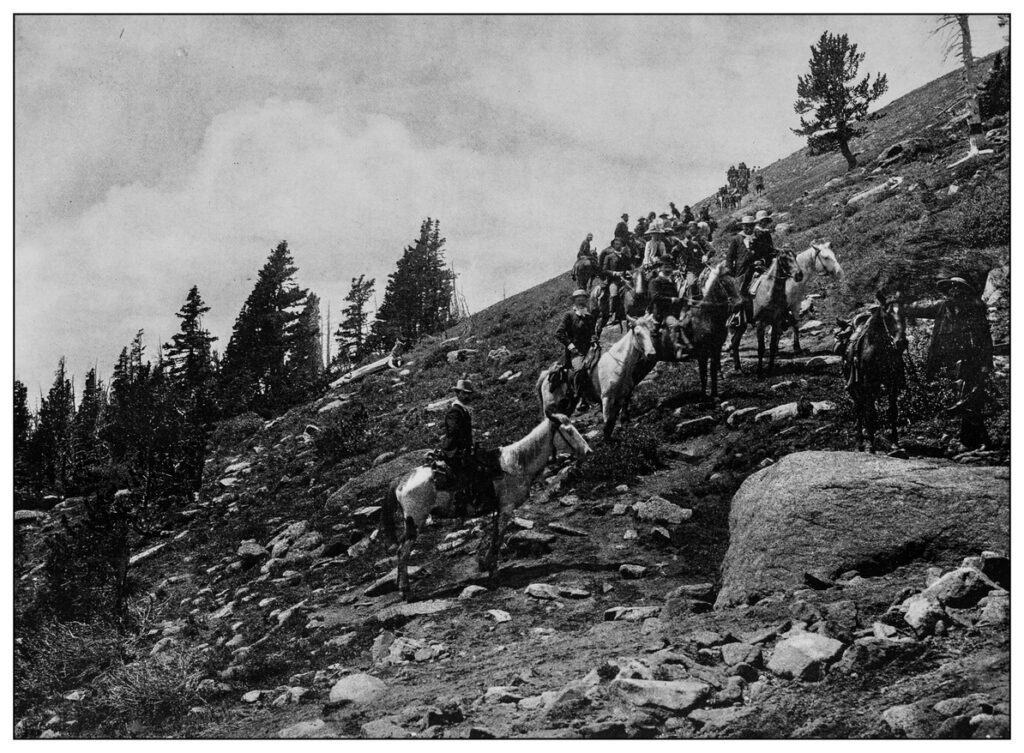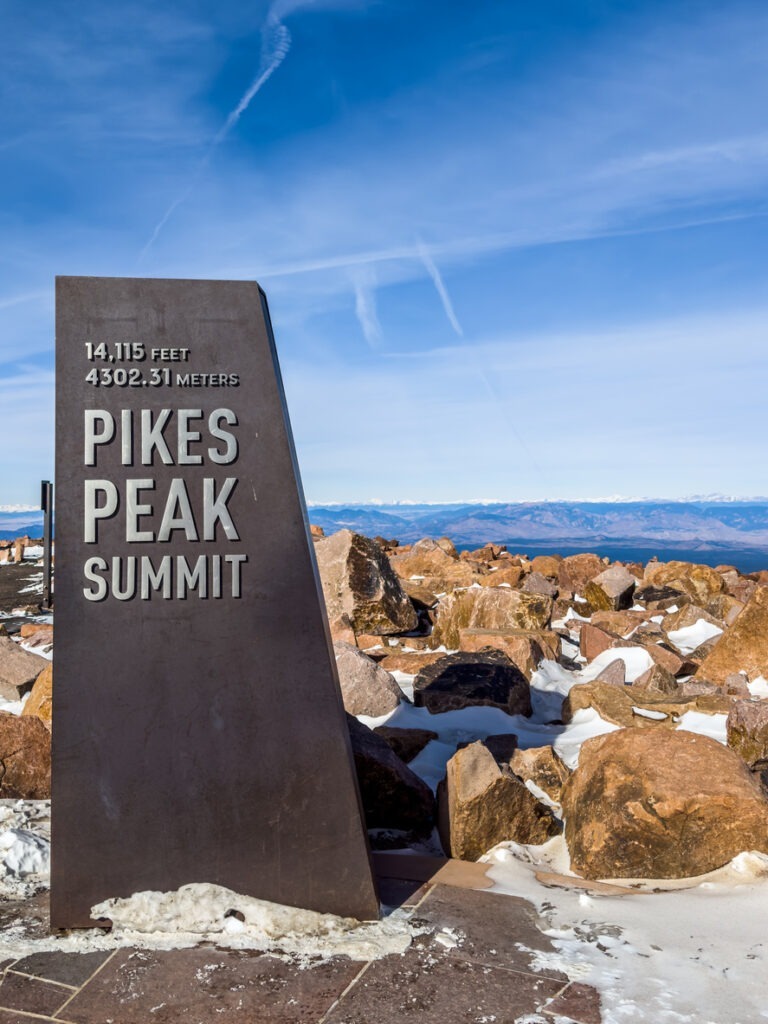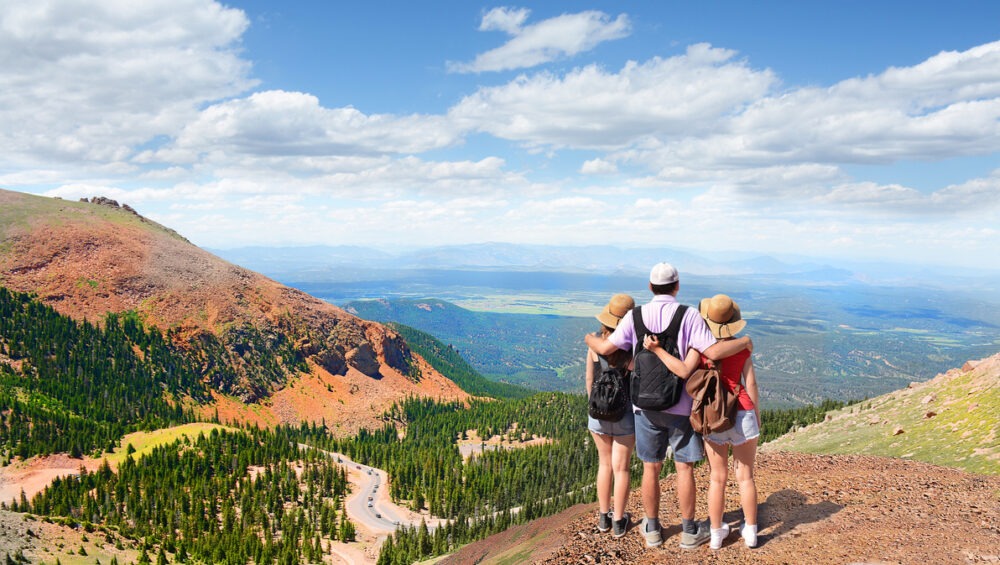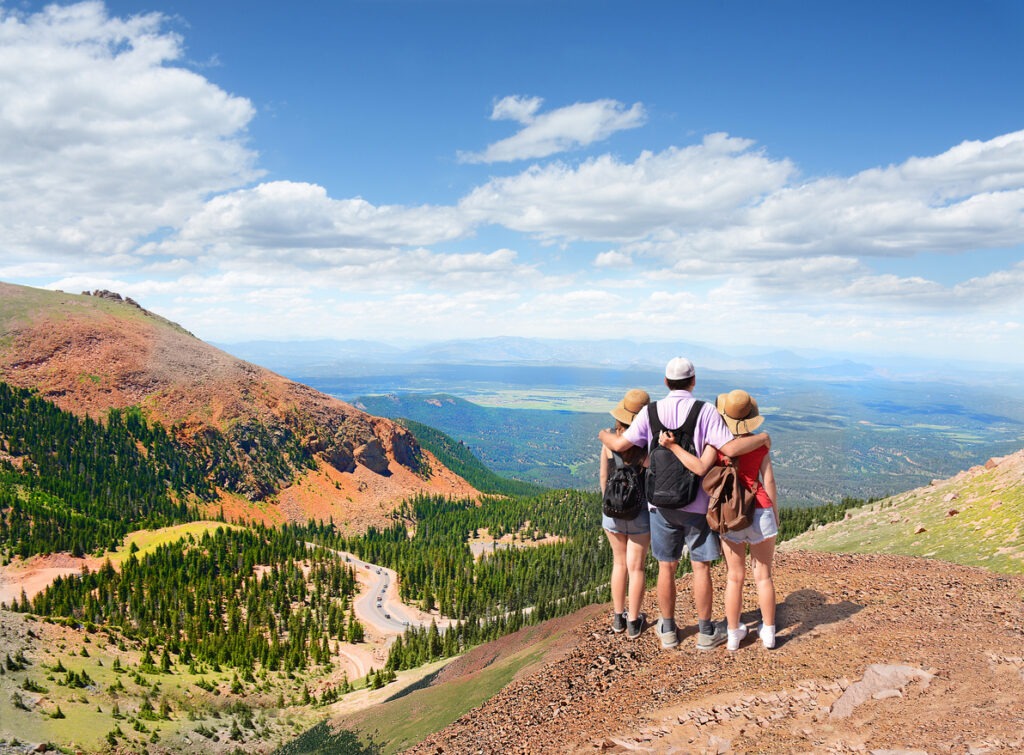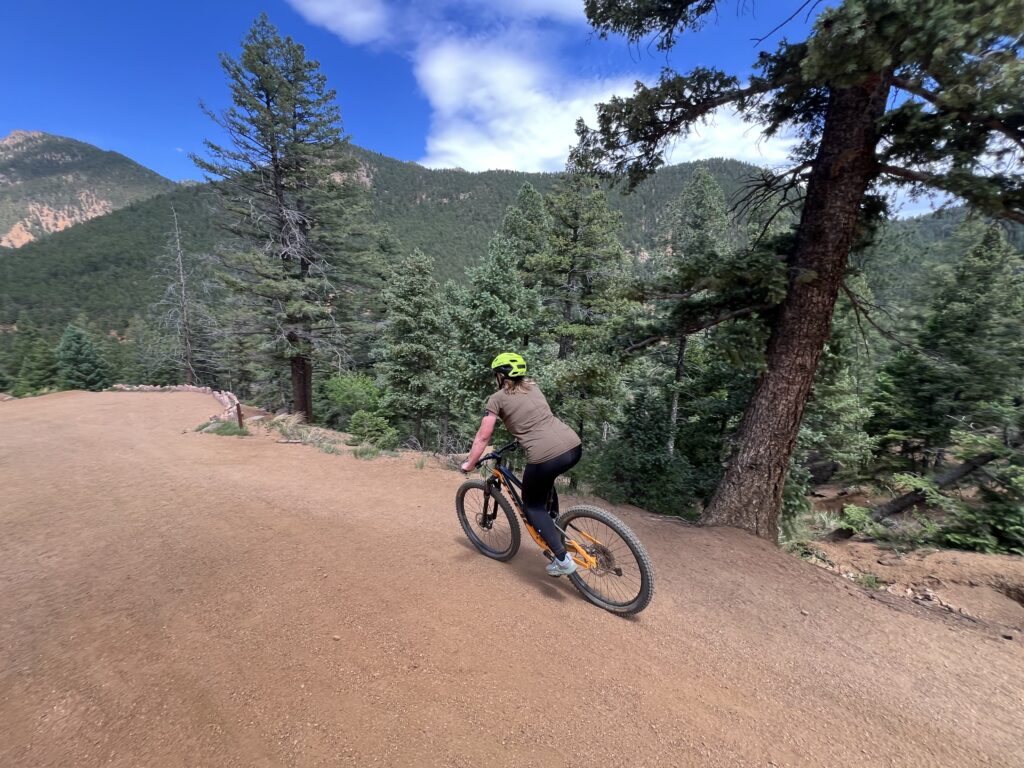Falconry is one of the oldest hunting traditions in the world, with roots dating back over 4,000 years. It’s often described as the art of hunting with a trained bird of prey, typically hawks or falcons. While it’s steeped in history, it’s also a living, breathing sport that thrives today. If you’ve ever watched a hawk soar across the sky and return to a human companion’s glove, you know just how mesmerizing it can be.
But how do you get started with falconry? What does it take to begin working with these powerful, intelligent birds?
In this guide, we’ll walk you through the fundamentals, from your first encounter with a raptor to the steps required to become a licensed falconer. Whether you’re simply curious or ready to commit, this post will give you a solid foundation.
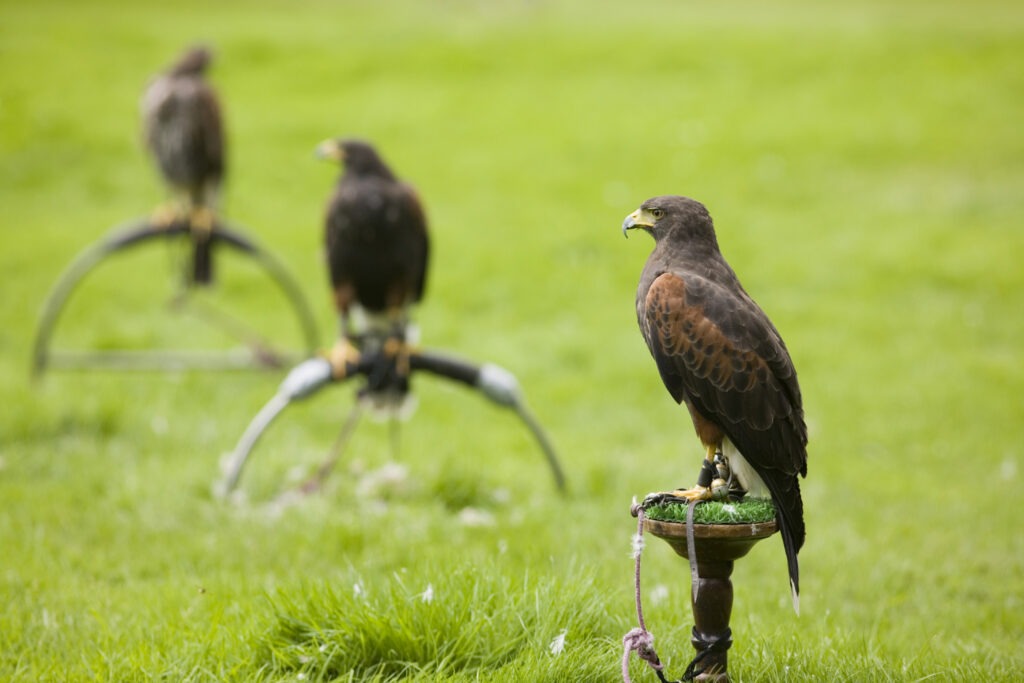
What Is Falconry?
At its core, falconry is a partnership between human and bird. It involves training a bird of prey, such as a falcon, hawk, or even an eagle, to hunt wild game in cooperation with its handler. The birds are not pets; rather, they are hunting companions with a high level of independence, requiring specific care, knowledge, and respect.
The appeal of falconry lies in its challenge, tradition, and connection to nature. Unlike other hobbies, falconry demands patience, responsibility, and a deep understanding of both animal behavior and outdoor skills. Learn more about Falconry from the North American Falconers Association HERE.
A Brief History of Falconry
To appreciate falconry today, it helps to understand its origins. This ancient sport likely began in Mesopotamia or Mongolia, where nomads trained birds to catch food. It spread across Europe and Asia, becoming a symbol of nobility during the Middle Ages. Kings and emperors prized falcons for their precision and grace, and elaborate hierarchies were established around who could fly which species.
Despite technological advancements in hunting, falconry has endured. Today, it is practiced worldwide, not just as a tradition, but as a regulated, conservation-minded pursuit.
Why Start with a Falconry Experience First?
Before diving into the commitment of becoming a licensed falconer, it’s wise to start with an introductory falconry experience. These guided lessons give you a hands-on look at what falconry really entails, without the long-term responsibility.
At Broadmoor Outfitters in Colorado Springs, our Falconry Intermediate Lesson lets you get an introduction to the sport. You’ll learn about raptor biology, training techniques, and even have the chance to handle and fly a bird yourself. This experience is both educational and unforgettable.
Importantly, it can help you decide whether falconry is a good fit for you before you take the next steps. Want to learn about some of the different birds that are used in Falconry? Check out our Blog Post HERE.
How to Become a Licensed Falconer
If your interest goes beyond the introductory level, becoming a falconer is the next step. In the United States, falconry is a highly regulated activity. Here’s a general overview of the process:
1. Check State Regulations
Each state has its own rules. In Colorado, for example, falconry is managed jointly by the Colorado Parks and Wildlife Department and the U.S. Fish and Wildlife Service. You’ll need to review both sets of regulations carefully. Check out Colorado’s regulations HERE.
2. Pass a Written Exam
Applicants must pass a rigorous falconry exam that covers topics such as:
- Raptor biology
- Care and feeding
- Laws and regulations
- Diseases and treatment
- Equipment use and safety
Study guides are available, but firsthand experience, like a falconry class or mentor, is invaluable for preparation.
3. Secure a Sponsor
You must apprentice under a licensed General or Master Falconer. This mentorship usually lasts at least two years and includes direct, regular oversight. If you are in Colorado, you can join the Colorado Hawking Club to meet other falconers and to find a sponsor! Become a Member.
4. Build Proper Facilities
Before owning a bird, you must have your housing and equipment inspected. This includes:
- An indoor or outdoor mews (housing space)
- Weathering area (outdoor enclosure)
- Perches, baths, and scales
- Gloves and hoods
- Food storage and tools
Your setup must pass inspection before you can obtain your bird.
5. Acquire a Bird
As an apprentice, you are typically allowed to possess only certain species, usually a Red-Tailed Hawk or American Kestrel. These birds are commonly trapped from the wild under strict guidelines.
What Skills Do You Need?
Falconry demands more than enthusiasm. You’ll need:
- Dedication: Daily care and training are essential. Birds can’t be left alone or boarded like pets.
- Patience: Training a raptor takes time and consistency. You’ll make mistakes—and so will your bird.
- Physical Fitness: Falconers often walk or hike long distances during hunting sessions.
- Outdoor Experience: A comfort level with nature, weather, and navigation is key.
- Problem-Solving Abilities: Every bird is different. You’ll need to think creatively to build trust and adjust training.
Even if you never pursue a license, developing these skills enhances your appreciation for the art of falconry and your connection with the natural world.
Falconry and Conservation
One of the lesser-known benefits of falconry is its positive impact on conservation. Falconers work closely with wildlife agencies and often contribute to raptor rehabilitation and research. In fact, falconers played a crucial role in the recovery of the Peregrine Falcon after its population decline in the 20th century.
By practicing responsible falconry, you become part of a legacy that not only respects wildlife but actively supports its preservation.
Is Falconry Right for You?
Falconry is not for everyone, and that’s okay. It requires a level of time, energy, and lifestyle commitment that goes beyond most hobbies. That said, even a short introduction to falconry can leave a lasting impression. You’ll gain a deeper understanding of predator-prey dynamics, animal behavior, and the bond between human and wild.
For many people, that initial experience sparks a lifelong appreciation, even if they never own a bird.
Falconry in Colorado Springs
Thanks to its rugged terrain and active outdoor community, Colorado Springs is a fantastic place to explore falconry. The region’s open spaces, diverse wildlife, and enthusiastic guides make it an ideal setting for beginners.
At Broadmoor Outfitters, we offer a Falconry Beginner’s Lesson that brings you face-to-face with hawks, falcons, and owls in a stunning natural environment. Our expert falconers are passionate educators who can answer your questions and help you connect with these incredible birds—no prior experience required.
Whether you’re a guest at The Broadmoor or a local looking for a unique adventure, this is one experience you won’t forget.
Final Thoughts
So, how do you get started with falconry? It begins with curiosity, continues with education, and grows through experience. Start small, learn from experts, and immerse yourself in the incredible world of raptors.
Even if you never take the full leap into licensing, a single falconry lesson can give you a lifetime of respect for these magnificent birds—and the people who work alongside them.
Ready to meet a bird of prey up close?
Check out our Falconry Beginner’s Lesson to get started with your own hands-on experience in Colorado Springs.
While you’re here, explore other unforgettable outdoor adventures like tomahawk throwing, guided e-bike tours, and our popular Wild West Experience—all offered by Broadmoor Outfitters.

